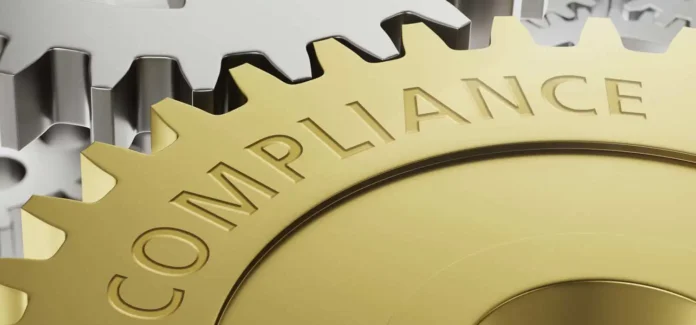In today’s fast-paced and competitive world, businesses across various industries strive for precision and compliance to ensure error-free operations. Errors can lead to costly consequences, including financial losses, reputational damage, and legal complications.
Organizations can significantly reduce errors and improve efficiency by focusing on precision and compliance.
In this blog post, we will delve into the importance of precision and compliance in error reduction and explore effective strategies that can be applied across different industries.
The Role of 3D Product Configurators in Precision and Compliance
One effective strategy for achieving precision and compliance is the integration of 3D product configurators. These digital tools have revolutionized how businesses operate by providing a detailed and accurate visual representation of products. They allow for the customization of various product features while ensuring that the final design adheres to industry standards and specifications.
In manufacturing, for example, 3D product configurators can significantly reduce errors by allowing engineers and designers to visualize the end product before it’s produced. They can spot potential issues early in the design phase, adjust accordingly and ensure that the product aligns with both the company’s quality standards and regulatory requirements.
In sales and marketing, 3D configurators can enhance customer experience by allowing potential buyers to customize their desired products to their preferences, ensuring satisfaction and reducing the risk of returns.
By leveraging 3D product configurators, businesses can enhance precision and compliance, improve operational efficiency, reduce costs, and ultimately increase profitability.
The Significance of Precision and Compliance
Precision refers to the quality of being accurate, exact, and meticulous in all aspects of business operations. Compliance, on the other hand, involves adhering to relevant laws, regulations, and industry standards. When combined, precision and compliance form a powerful duo that can help organizations minimize errors and mitigate risks. Here are some reasons why precision and compliance are crucial for error reduction:
- Risk Mitigation: Precision and compliance practices help organizations proactively identify and address potential risks. Businesses can prevent errors and avoid potential pitfalls by following established guidelines, conducting thorough risk assessments, and implementing suitable control measures.
- Enhanced Data Accuracy: Inaccurate data is a common source of errors in various industries. Precision and compliance practices prioritize data accuracy by implementing robust data validation processes, ensuring proper documentation, and employing efficient data management systems. Accurate data reduces the likelihood of errors and improves decision-making capabilities.
- Regulatory Compliance: Different industries have their own set of regulations and compliance requirements. Adhering to these guidelines is essential for error reduction. Precision and compliance practices enable organizations to meet regulatory standards, ensuring smooth operations and minimizing the risk of penalties or legal issues.
- Process Standardization: Precision and compliance involve establishing standardized processes and procedures. This consistency ensures that operations are carried out uniformly across the organization, reducing the chances of errors caused by variations or deviations. Standardization fosters accountability, clarity, and efficiency, leading to error reduction.
Effective Strategies for Error Reduction
- Training and Education: Invest in comprehensive training programs to ensure employees understand the importance of precision and compliance. Provide ongoing education on industry regulations, best practices, and the consequences of errors. Well-informed and trained employees are more likely to follow precision and compliance guidelines, reducing errors.
- Robust Quality Assurance: Implement a robust system with regular checks, audits, and inspections. This helps identify potential errors early on, enabling timely corrective actions. Quality assurance should encompass all aspects of operations, including data entry, manufacturing processes, service delivery, and customer interactions.
- Automation and Technology: Embrace automation and technology solutions to streamline processes and minimize human errors. Implementing automated data entry systems, workflow management software, and advanced analytics can significantly reduce errors and enhance overall efficiency.
- Continuous Improvement: Foster a culture of continuous improvement where employees are encouraged to identify and report errors, suggest improvements, and participate in problem-solving initiatives. Regularly assess processes, seek feedback, and implement necessary changes to ensure ongoing error reduction.
- Effective Communication: Clear communication channels and protocols are essential for error reduction. Ensure employees have a platform to raise concerns, report errors, and seek clarification. Encourage open and transparent communication across all levels of the organization to prevent misunderstandings and promote accuracy.
Precision and compliance play a vital role in error reduction across different industries. Organizations can minimize errors and achieve greater operational efficiency by prioritizing accuracy, adhering to regulations, and implementing effective strategies.
Training and education, robust quality assurance, automation, continuous improvement, and effective communication are vital in achieving precision and compliance.
Embrace these practices to safeguard your business from costly errors and foster a culture of excellence.


